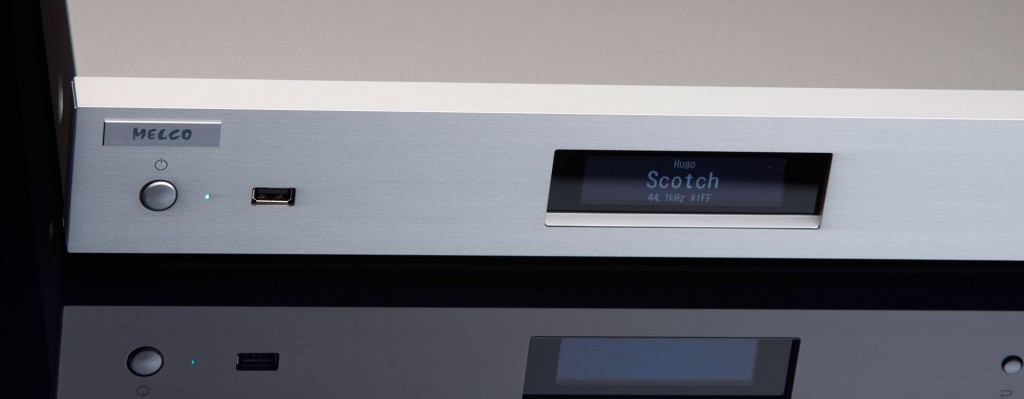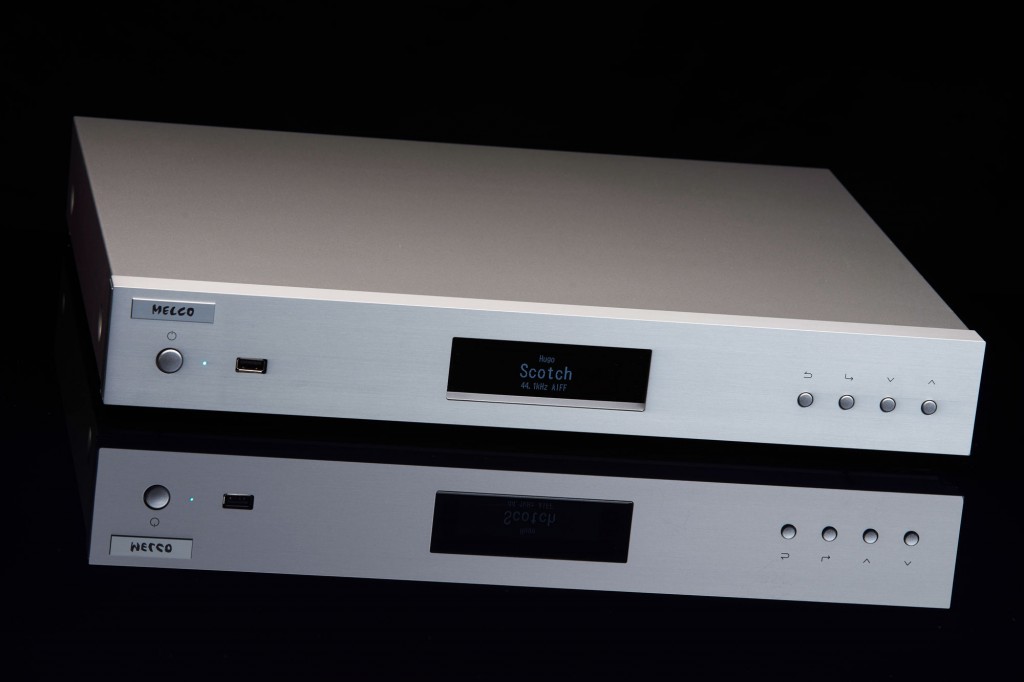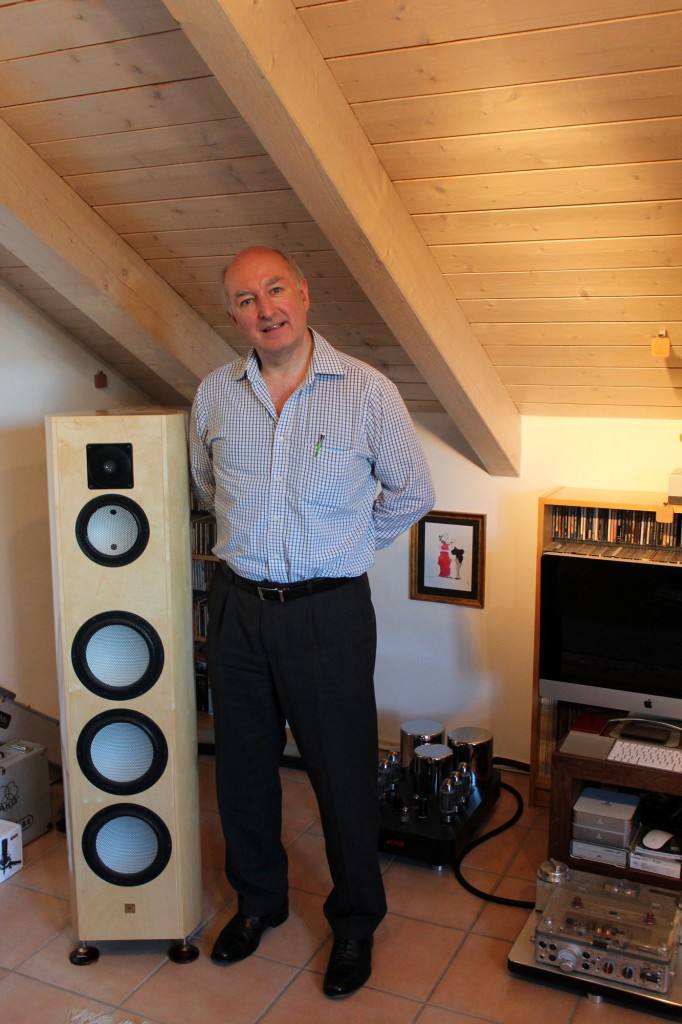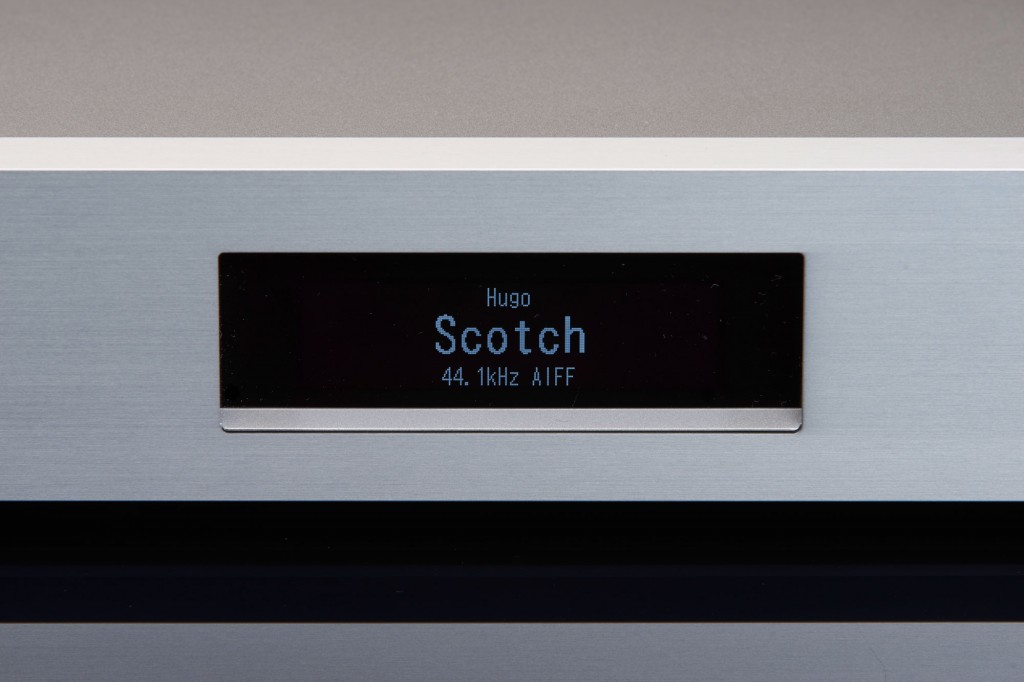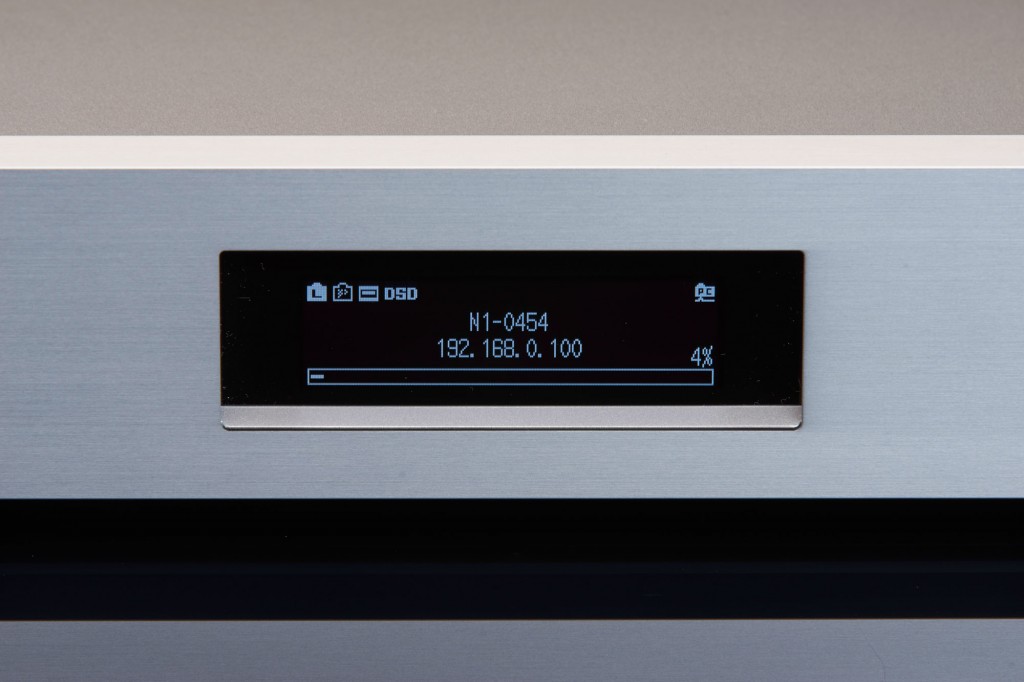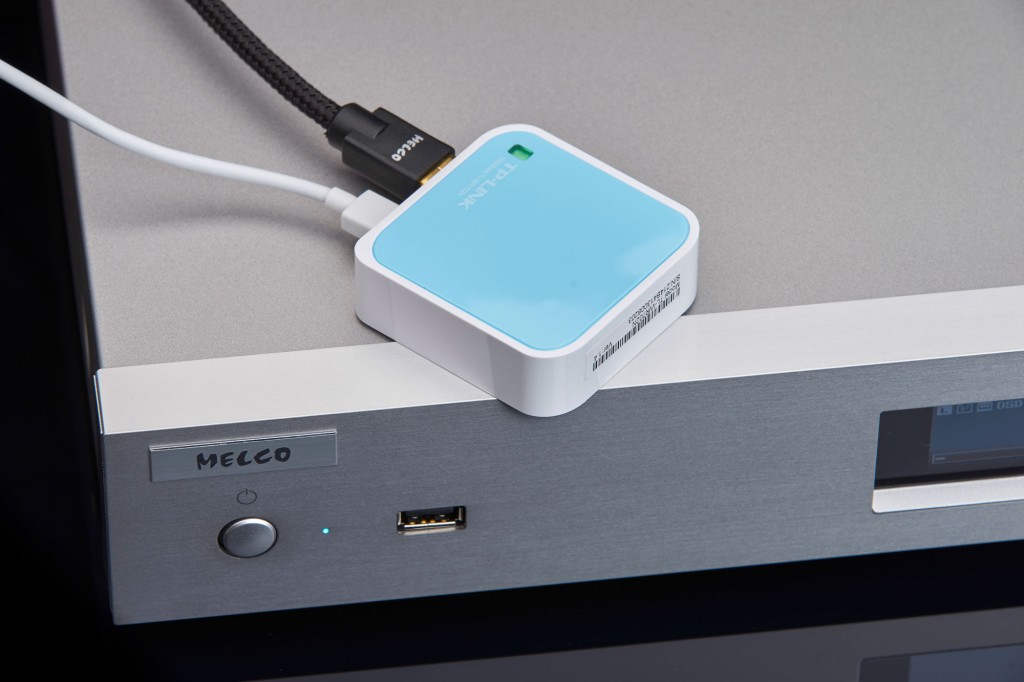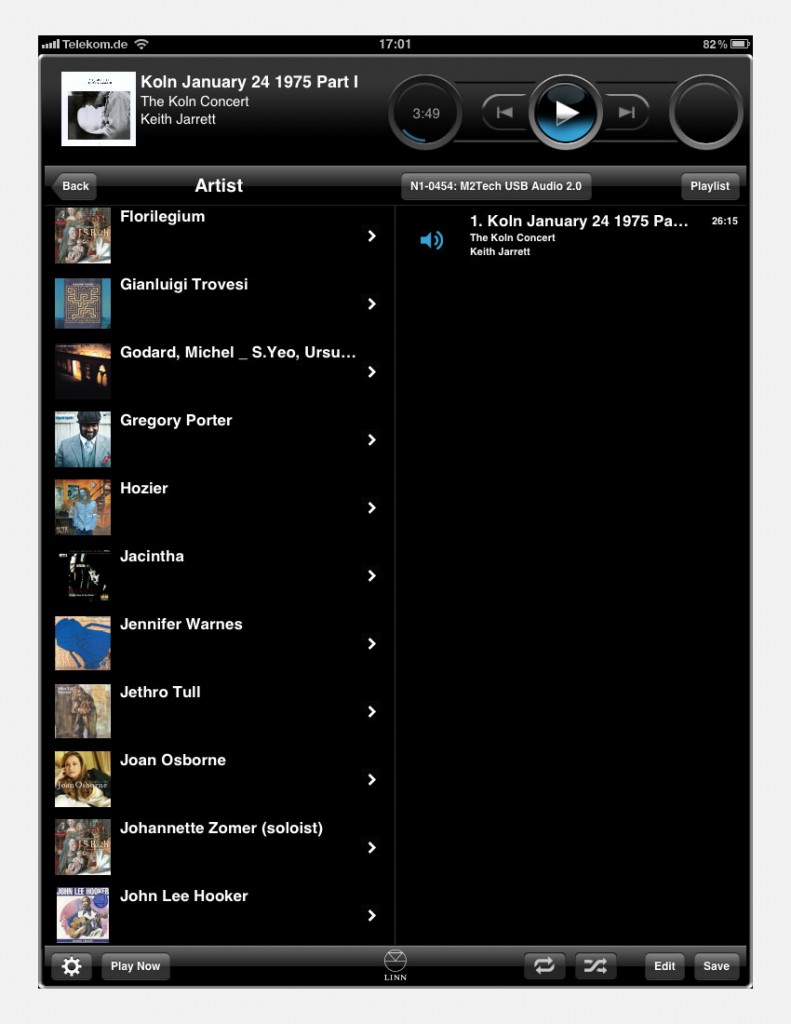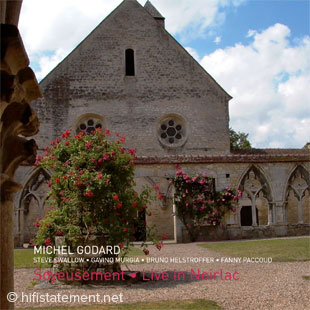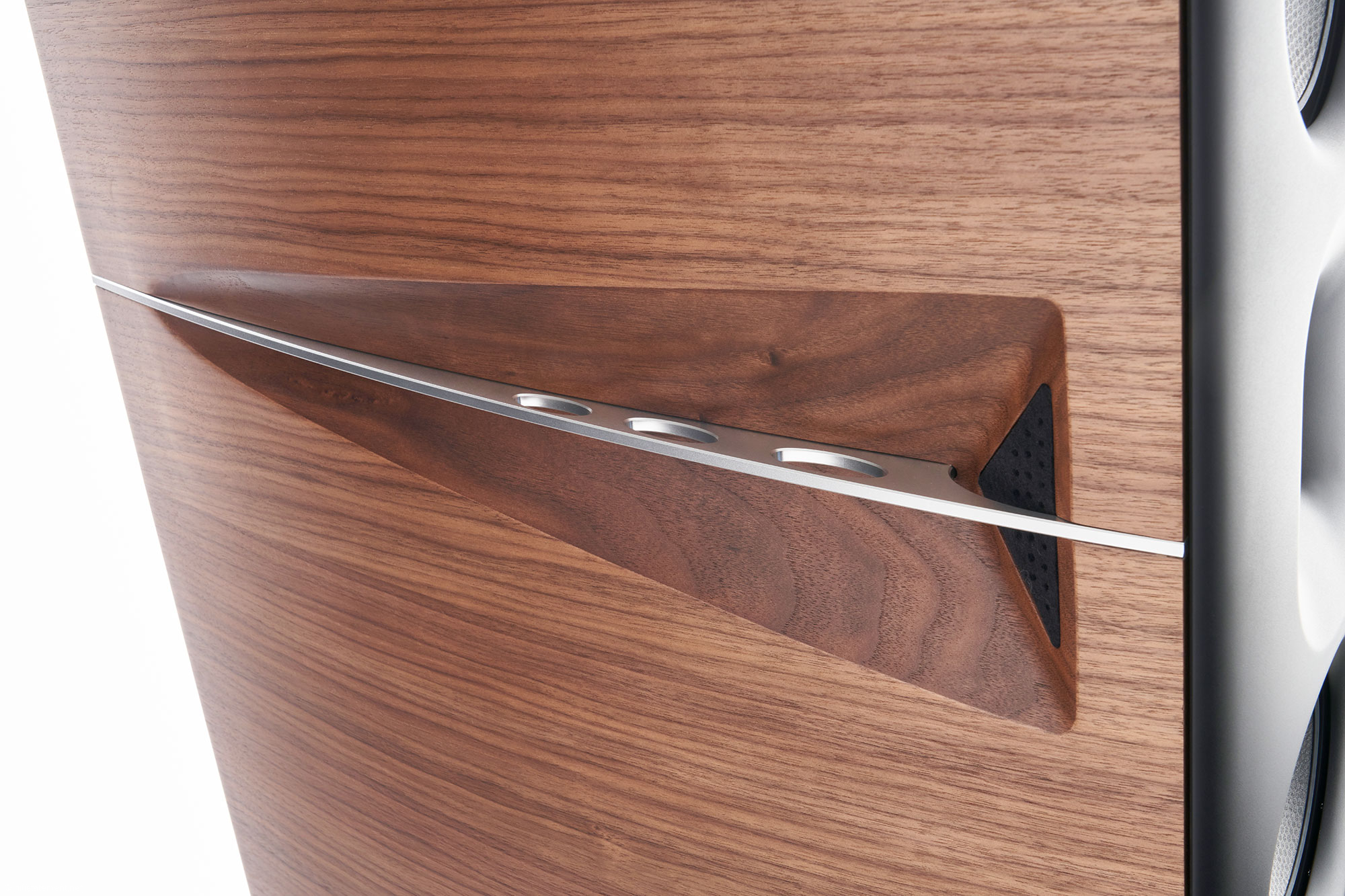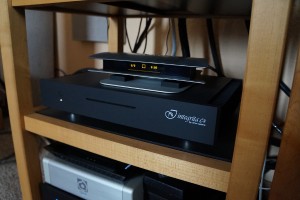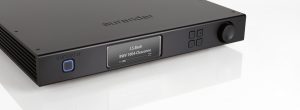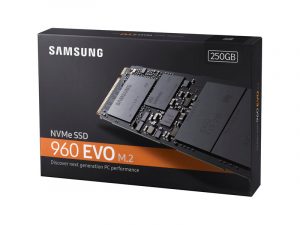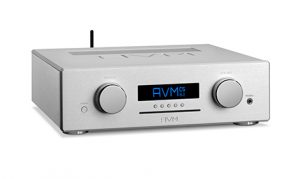When you are looking for a way to comfortably manage your collection of digital music, enjoy it with the best sound quality possible and without the need to mess around with computers in your scarce spare time, the Melco N1A is just what you need
Just nine years ago integrating a computer into my Hi-Fi system was completely and utterly unthinkable. A short while later the arrival of the iPod suddenly forced me to rip my CDs and to start building an iTunes library. And when a DAC with USB input found its way into my rack, it was an easy thing to connect that to my new iMac so that I could play part of my music collection with a lazy mouse click.
Like using the iPod before, this had an unhealthy effect on my musical habits. Time and time again I found myself skipping through my collection, just playing one or two songs from a certain album, completely ignoring the fact that the recording artist might have seen the album as one piece of art, with each track purposefully located at exactly the position it needed to be in. If you need music to test gear, a playlist made up of songs from various albums is fine. But especially with so called 'concept albums,' tearing out one or two favourite songs borders on sacrilege. Maybe someonewho grew up with the CD, remote control always ready in hand, might have a different view on this. But as vinyl records played the major part in my musical socialisation, closely followed by a Metz tape machine, I have always despised skipping from title to title, even in the CD era. If that now changes with the iPod and the computer I can't blame the technologies for that. It's simply a lack of self-discipline, I guess.
The Melco looks right at home in the hi-fi rack. Who would suspect audiophile computer technology behind this unassuming front?
But now for the Melco, which arrived in my world via the form of the brand's representative, Alan Ainslie. When Alan, General Manager Audio NAS with Buffalo Technology, Inc., first contacted me and asked for a meeting to introduce two new Network Attached Storage devices (or 'NAS' in computer-speak), I was tempted to delegate that meeting to a colleague more versed in streaming and network technologies than I am, because I really prefer to send my digital music directly to the DAC via USB. But already during our first conversation Alan made it clear that the Melco units would work well in that 'simple' setup, effectively replacing the computer in the chain. So I invited him over to have a quick listen to his products. But it turned out differently, because I soon realised that using that meeting to have a chat with Alan was much more interesting. After all, I would be able to listen to the product later, on my own.
Alan has a long track record in hi-fi. He used to sell Technics in the UK, worked for Chord Electronics, developed IP-based multiroom audio systems for Naim, and sat on the board that defined the Red Book Standard for the CD. He also had a hand in the multi-award-winning CD recordings of the London Symphonic Orchestra, Paul McCreesh, and Andrzej Panufik. With this background, he's currently looking into the use of DSD as a download format, provided it's a carefully produced native file. As a reader of hifistatement.net, this will likely ring a bell with you, and you'll be able to imagine that Alan and I had a lot to talk about.
Alan Ainslie in the author's listening room. Digital expert he might be, but he was still especially smitten by a Nagra Ivs!
Those of us with a long experience in hi-fi (and the old age that inevitably comes with it) may dimly remember the name Melco. They will associate it with a rather interesting turntable from Japan that caused quite a stir in the 1970s. Driven by a Pabst motor that was originally designed to be used in Swiss tape machines, and with a modular setup, it certainly served as an inspiration for many other heavy mass-loaded designs, like the Audiolabor Konstant, for example. This turntable was the brainchild of one Makoto Maki, from whose name derived the name of his company Maki Electronic Laboratory Company, or, in short, 'Melco'. After that start in hi-fi, Melco changed its direction slightly and went on to design and manufacture other electronics. Probably better know under their brand name Buffalo, they grew into being Japan's largest manufacturer of computer peripherals and a world-market leader for network routers, Ethernet switches, and, of course, storage solutions. But Mr. Maki never gave up his love for music and hi-fi, and so naturally was on board when the new trend of computer hi-fi emerged. Dissatisfied with the sound quality of his own private hires audio system, he then asked his engineers to come up with ideas for a truly audiophile NAS drive. This was the start of a new project that led to the development of the Melco N1A and N1Z and brought back the Melco brand.
The OLED display does not inform about the owners favourite drink but about the song currently playing. Other information given includes the connected DAC as well as sampling rate and codec of the current file.
The development project had two main goals: To create a digital music system that offered the best sound quality possible, and to make one that was very easy to set up and to use. The user was supposed to be able to use the system without ever having to connect a computer—not even when importing files or when making a backup of the stored data. To make this possible, the Melco comes with dedicated USB ports for import, backup, and expansion of storage space. To meet audiophile expectations, the Melco system was engineered from the ground up as a true hifi component, and not as a computer. This can be seen in the way the Melco uses its Ethernet ports, but as I will concentrate on the use together with a USB DAC, I will leave a more detailed description of that to my colleague Roland Dietl in the second part of this review.
Other efforts to improve the sound performance can be seen in the use of a 'Audio-grade Ultra-low Jitter Data Clock,' the robust metal chassis with a massive aluminium front plate, and the resonance-dampening feet, courtesy of TAOC. An industry-grade power supply rated at 60W and elaborately suspended mounts for the hard disk drives complete the picture. But the true secret lies in the way that data is being handled provided for
output. For this, Melco use their own software that is partially based on a heavily customized version of the Twonky UPnP server, and ensures a bit-perfect transport of data with the least possible amount of jitter.
The four symbols on the right tell us that a network connection to the router has been established and that there is no player connected to the Melco. Instead, a USB DAC is receiving data in the form of a DSD file. Usage of available storage space can be seen below the IP address.
The N1A unit that I had received from Melco's German distributor, G8 & friends, came with a pre-configured wireless nano router from TP-Link (TL-WR702N). After connecting this to the Ethernet port marked 'LAN' on the back of the N1A, I ended up with a private wireless network that I could connect my mobile device in order to use my control app of choice. Melco recommends a number of apps to use with their devices. Unfortunately, my first generation iPad is still on iOS 5 so I ended up using my trusty Linn Kinsky app, which worked like a charm. The unit had come with some gigabytes of music on the disks already, so I was able to jump right in. And because that collection included a few rock gems in DSD—Tubular Bells, Dire Straits, Stevie Ray Vaughan, The Band, and Pink Floyd to name just a few—my first encounter with the N1A proved to be an acoustically very satisfying trip down memory lane. But to say that I had never heard these old favourites of mine sound as good as that moment is not really saying much at all, because I never had a chance to listen to them in this format. So this was certainly a good start, but there was no way around it, I needed my usual selection of music for testing. To copy this onto the Melco turned out to be no challenge at all, neither over the Wi-Fi nor via a USB pen drive. And those tracks too sounded amazing when played from the N1A. To be able to judge about how good the Melco setup actually sounds, I then went on comparing it directly with the iMac that I use for music.
This of course not only meant comparing the Melco to the Apple computer, but also the playback software, as the software player used has at least the same influence on the over-all sound quality as does the hardware. For the first song I used the 2.6 (4500) version of Amarra Symphony. The iMac still runs on OS X 10.9.5, and because it is a stable, reliable and well-sounding environment for all my music editing and playback needs, I don't intend to change that any time soon! But that certainly wasn't the reason why Ravi Shankar's 'East Meets West' sounded noticably more crisp and clear when played from the Melco. There seemed to be a better flow to the music, and an enormous soundstage opened up in front of me. In comparison, the performance from the iMac/Amarra combination was more constricted, even a little listless, maybe. It also presented a slightly richer bass, but personally I would prefer the airy and joyous enthusiasm ofthe Melco any day.
The TP-Link nano router and the Melco Ethernet cable (both available separately from the N1A) provide an easy and cost-effective way to control the Melco unit with any wi-fi enabled iOS or Android device.
Another software player I tried was Pure Music in version 1.89g, but as 'Improvisation Patrice Heral' from the album 'Le Concert de Parfums' showed clearly, with it the iMac also didn't stand a chance against the Melco. It only took a few seconds of listening to determine that the N1A provides a more believable illusion of room and space, better transparency and – in this case – even a little more punch in the lower frequencies. All these listening tests I did with the M2Tech DSD DAC, by the way, which compared to the rest of the system is actually very moderately priced. But with the Melco as a source it was driven to an acoustical performance that I would have never thought possible. Nevertheless, I had to give my trusty iMac one last chance, and now chose Audirvana Plus 1.5.2 as player software. But again the result was immediately clear. With the Melco, the music just had more flair to it, more suspense. It's more colourful, more detailed and more dynamic. It breathes and lives. The old saying from the age of analogue hi-fi that it is the source that matters most still holds true, apparently. Should this be the end of 'Computer Hi-Fi' for me?
STATEMENT
Even if you are more of a music lover than a computer freak, there is a good chance that you have grudgingly admitted a PC into your hi-fi system to play back those tempting hi-res and DSD files. But with the Melco N1A, there is a real alternative available now. Not only is it much easier to use and live with than a computer, it also sounds significantly better. For me the Melco N1A is the digital revelation of the year already!
Melco are working on their own app and recommend a variety of third-party apps to control their unit until that is available. I used Linn Kinsky for iOS3 on my first generation iPad without any problem.
Listened with:
- iMac 27'', 3.06 GHz Intel Core 2 Duo, 8 GB, OS X 10.9.5
- Amarra Symphony 2.6, Audirvana, Pure Music
- M2TECH Young DSD und Van der Graaf, Chord Hugo
- Einstein The Preamp
- Ayon Epsilon with KT150
- LumenWhite DiamondLight Monitors
- HMS Gran Finale Jubilee, Audioplan Powercord S, Göbel High End Lacorde Statement, Audioquest Wild / Diamond, Swiss CableReference Plus
- PS Power Plant, Sun Multiple Socket, Audioplan Powerstar, HMS-InWall Power Outlets, Acapella Bases, Acoustic System Feet and Resonators, Artesania Audio Exoteryc, Harmonix Real Focus, flyBases and Feet
Specifications
- LAN Interface: IEEE 802.3ab (1000BASE-T), IEEE 802.3u (100BASE-TX), IEEE 802.3 (10BASE-T)
- LAN Speeds: 1000 Mbps Full Duplex (Auto-Negotiation), 100 Mbps Full Duplex/ Half Duplex (Auto-Negotiation), 10 Mbps Full Duplex/ Half Duplex (Auto-Negotiation)
- Ethernet Ports: 2 RJ-45 Ports (Auto-MDIX supported)
- Network Protocol: TCP/IP
- Network Access Method: CSMA/CD
- USB Terminals : 1X USB 2.0 (front panel), 3 X USB 3.0-Anschluss (rear panel)
- Integrated harddisks: HDD (2 TB x2)
- Dimensions (W/H/D): 436/70/352 mm
- Weight: 7kg
- Power Supply: 100–240 VAC, 50/60 Hz
- Power Consumption: 60 W (max.)
- Working Environment: Temperature 5–35°C, Humidity 20-80% (non-condensing)
Price: 2000 Euro
Distributor in Germany
G8 & friends GmbH – High Quality Distribution
Robert-Koch-Str. 30
59227 Ahlen
Germany




